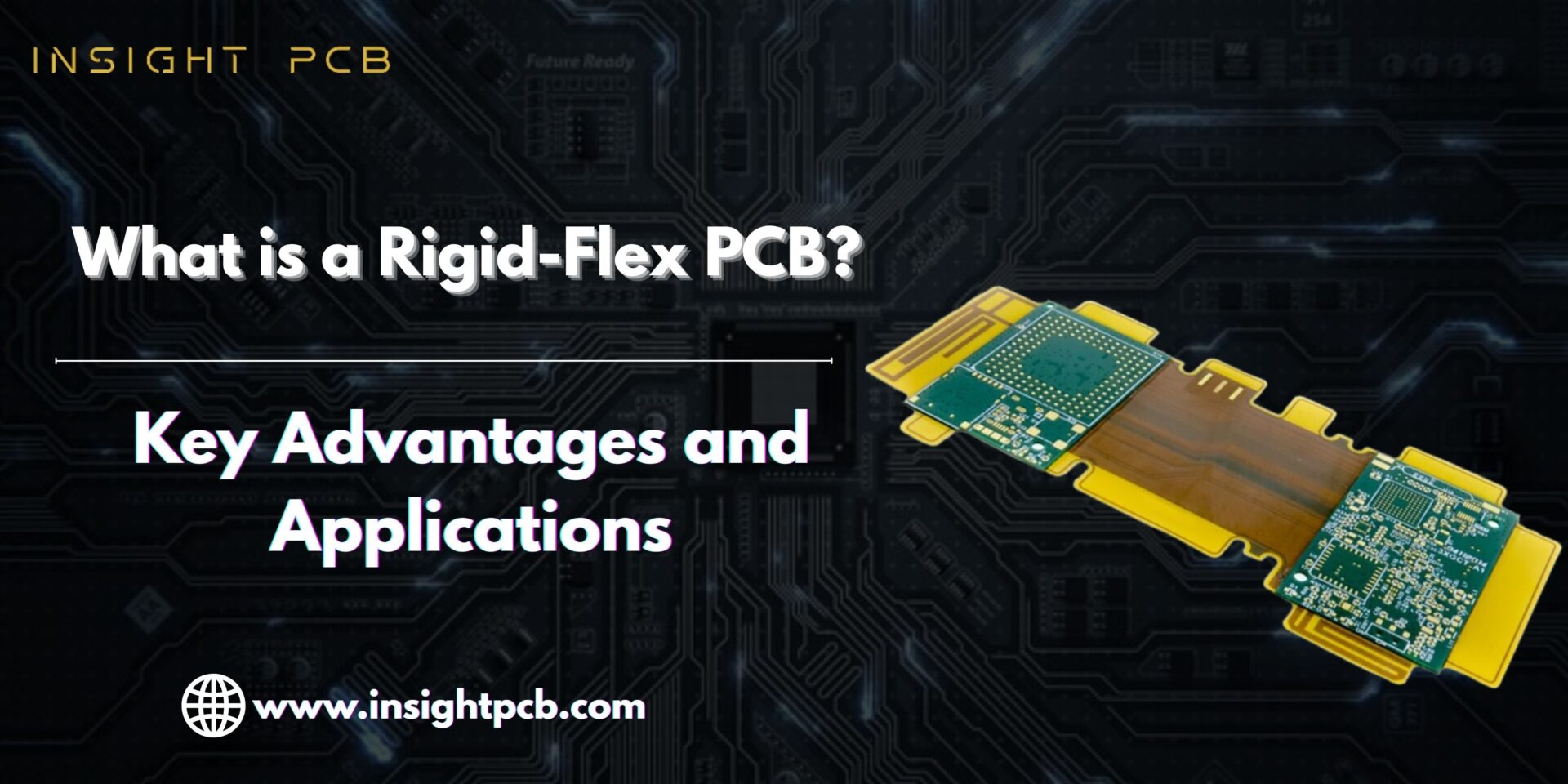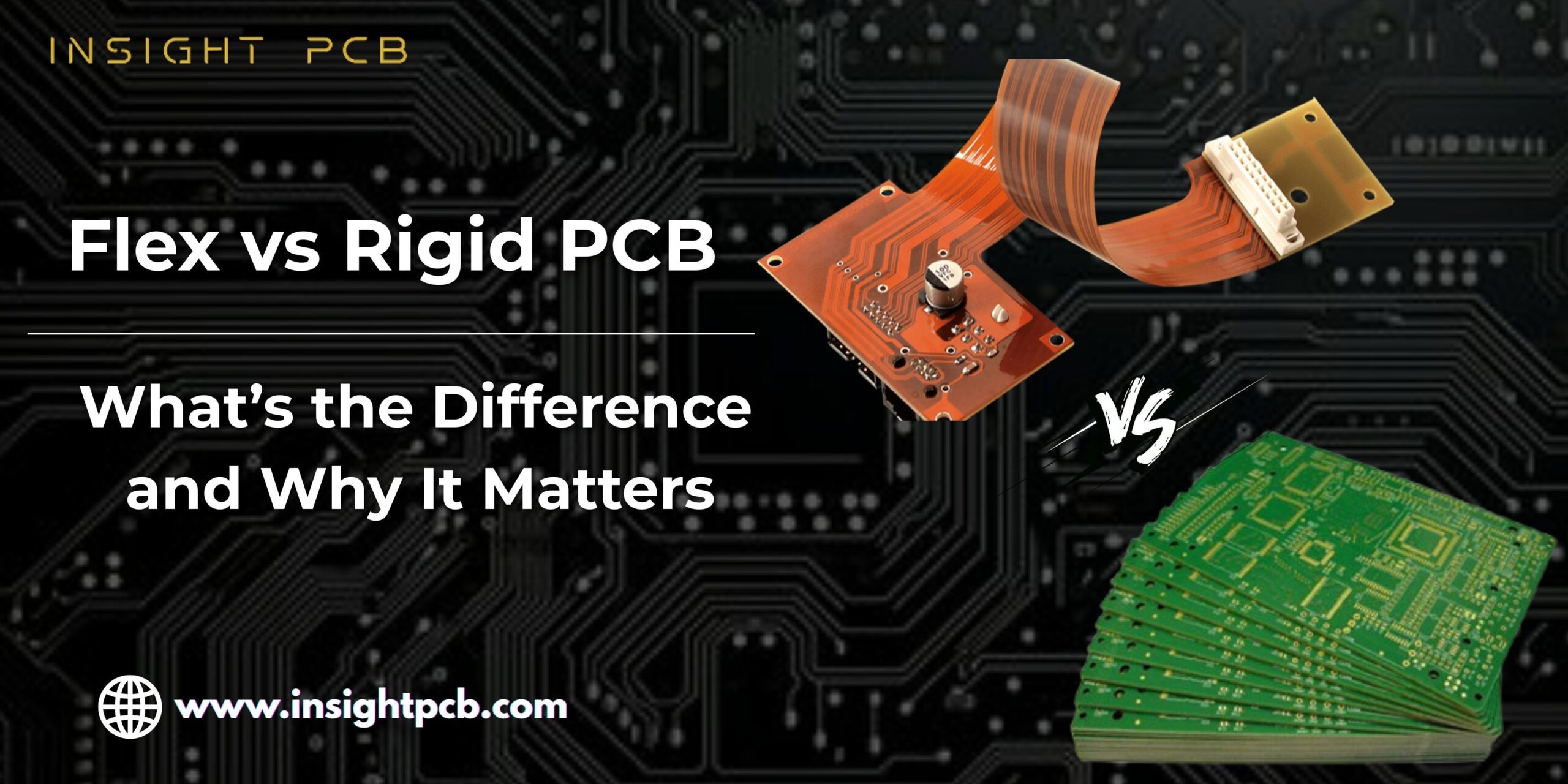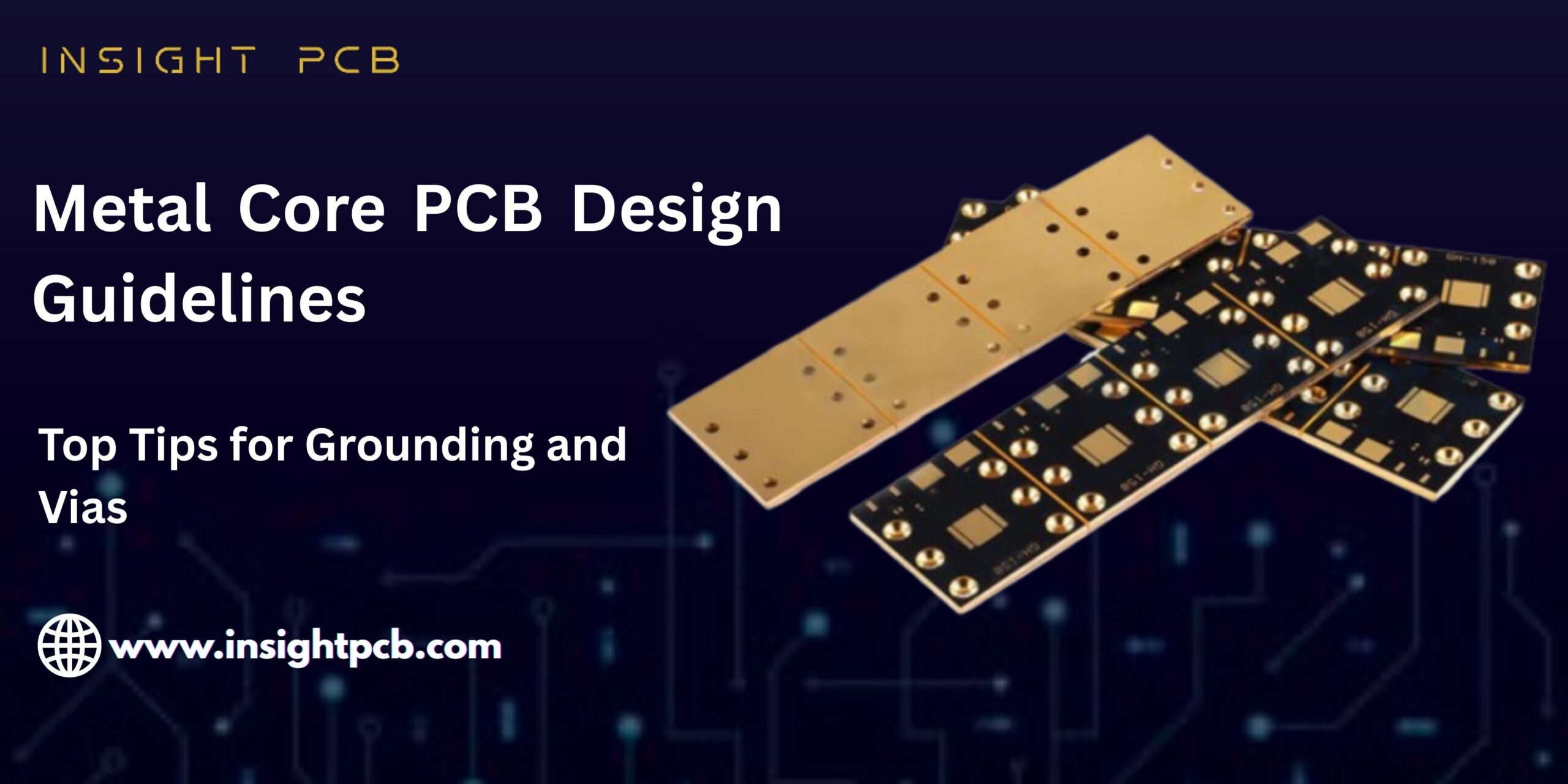
What is a Rigid Flex PCB? Key Advantages and Applications
If you’ve ever cracked open a smartphone or smartwatch, you may have seen some pretty impressive circuit work packed into a tiny space. That’s not just a clever layout. It’s often thanks to something called a rigid-flex PCB.
These rigid-flex boards are a combination of rigid and flexible materials. They’ve become a preferred solution for engineers designing compact devices with precise electrical requirements. Rather than using multiple boards with cables or connectors connecting them, a rigid-flex PCB integrates everything. It’s all neatly packaged into a single, foldable unit.
It’s a sensible space-saving design. This structure enhances durability and streamlines the construction process. This is particularly useful when working with devices that require bending, repositioning, or installation in compact enclosures.
So, what defines a rigid-flex PCB? Why are more engineers choosing it over standard rigid or flexible boards? Let’s explore the advantages of rigid-flex PCBs in this blog.
Overview of a Rigid-Flex PCB
There are various definitions for a rigid-flex PCB. Based on the name, it is a hybrid board that combines rigid and flexible materials. The rigid and flexible boards are typically either/or, making it challenging to combine the benefits of both into a single design.
Consider this. There is a stiff part of the board where components are soldered in. Attached to that is the flexible part that folds and curves. That flexible area is not something added after the fact; it’s built right into the design, unlike the conventional configurations where boards get attached through ribbon cables. That type of bonding makes the system more robust.
This design is better, particularly in complicated applications. It is used where twisting, turning, or working in tight spaces is required.
Why Rigid-Flex PCBs Instead of Ordinary Ones?
Not all projects need a rigid-flex board. But when space begins to tighten up, literally and figuratively, they start to make a great deal of sense.
The following are some general scenarios where rigid-flex PCBs are well-suited:
- Devices with a very confined internal space
- Products that must be folded or formed to accommodate
- Electronics subjected to movement or vibration
- Structures that would otherwise require several connectors and cables
By combining flexibility and strength, they simplify electronic design while also improving durability.
Advantages of Rigid Flex PCBs
The true value of rigid-flex designs becomes apparent in complex situations. Some of the advantages of rigid flex PCB include:
1. Compact and Lightweight
Because rigid-flex PCBs are both flexible and rigid, they can fold and bend. It enables them to take up less space than rigid PCBs. You can fit more functions into a smaller package. That is a huge benefit for devices like:
- Smartphones
- Smartwatches
- Hearing aids
- Cameras
- Wearables
Fewer components, including connectors and cables, also mean less weight. And when you’re designing for portability, grams count.
2. Improved Reliability
Every cable or connector is a potential point of failure. With rigid-flex, you can eliminate many of them. This results in more robust connections and fewer possible points of failure.
It’s particularly useful where the device will experience shaking, falling, or recurring motion. Medical equipment, military applications, and aerospace systems are good examples. You don’t want loose parts in any of those.
3. Cost-Effective in Complex Builds
Sure, it costs more to manufacture a rigid-flex PCB upfront. But the total manufacturing cost can even decrease in the long term.
Here’s why:
- Fewer wires and connectors.
- A smoother assembly process.
- Fewer components to manage and test
- Smaller and lighter package
Although it may be expensive initially, you save money later on in manufacturing, maintenance, and space costs.
4. More Design Flexibility
Do you need your board to wrap around a battery or bend within a compact case? Rigid-flex offers you greater flexibility with layout and design.
Fold it, turn it, and design it to nestle into your product precisely. That’s always helpful when designing next-generation devices that simply have no room for conventional boards.
5. Better Signal Quality
Having fewer connectors will mean that the signals can handle fewer gaps, and that translates into fewer dips in performance.
Lengthening more electrical paths can add noise. This results in greater interference and reduced signal speeds, which are major issues in devices where timing and data accuracy are vital.
General Uses of Rigid-Flex PCBs
Rigid-flex PCBs can be found in many devices surrounding you; you might not even realize it.
1. Consumer Electronics
Small, rugged electronics are needed by devices such as smartphones, foldable phones, fitness trackers, and smart glasses. The capabilities of rigid-flex boards enable these compact, rugged designs.
2. Medical Devices
From pacemakers to portable diagnostic equipment, numerous medical devices must be small, trustworthy, and resilient to movement. Rigid-flex boards help make that possible.
3. Aerospace and Defense
In applications that operate in harsh environments, rigid-flex PCBs are offered for enhanced stability and anti-vibration properties. They are standard in satellites, drones, aircraft control systems, and other high-stress environments.
4. Automotive
New vehicles are packed with electronics. From dashboard screens to sophisticated sensors, many of them today use rigid-flex boards to conserve space and improve performance.
5. Industrial Equipment
Factory machines and robots work in harsh environments. Rigid-flex designs last longer and are easier to wire in cramped environments.
Before You Design With Rigid-Flex
They’re all wonderful benefits, but rigid-flex is not always the magic button. There are a few key points worth considering before you commit fully.
- The process of designing is more involved than with standard PCBs
- You’ll need a manufacturer with experience in rigid-flex manufacturing.
- Early planning is important to make the investment worthwhile.
It is costly to revise the plan midway through a project. Therefore, it is great to plan rigid-flex.
Conclusion
So, what is a rigid flex PCB? It’s a very intelligent combination of hard board rigidity and flexible circuit flexibility, allowing engineers to design more capable electronics that are smaller, more durable, and more reliable.
The advantages of a rigid-flex PCB design are obvious. They save space, diminish parts, improve performance, and lend greater freedom to invent. For that reason, you’ll find rigid flex applications all over. You will see them from high-end wearables to aerospace controls.
If you’re designing something where space, shape, or reliability is a concern, rigid-flex is the solution. Having the right manufacturing partner is equally important.




